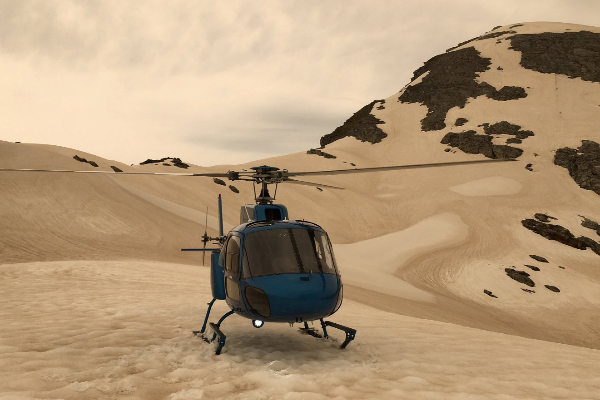- Australia: Emotional tribute to one of the firefighters killed in the fires
- Damage: Australia orders more evacuations for fires that have already caused 17 deaths
- Scott Morrison: Australian Prime Minister apologizes after going on vacation to Hawaii while fires devour the country
The wave of fires in southeastern Australia has already caused at least 18 dead and 17 missing, has swept over four million hectares and forced ships and warplanes to fight the fire. The skies have been dyed red in coastal areas and dozens of villages have been evacuated. In the capital, Canberra, it has exceeded up to 21 times the maximum considered "dangerous" by poor air quality. And the cloud of smoke has traveled more than 2,000 kilometers, to the New Zealand glaciers.
Amidst the apocalyptic scenes in New South Wales and Victoria, the two most affected states, Prime Minister Scott Morrison has contributed in his own way to rekindle the fire by his late reaction and by his efforts not to mention the possible connection of the which is happening in Australia with the climate crisis (despite the record of temperatures recorded in 2019 and the average increase of one degree in the last century).
Scott Morrison had to cut his visit to the town of Cobargo today, where the fire has destroyed dozens of homes, among the outrage of the neighbors for his warm response to the emergency (he was on vacation in Hawaii at the critical time). Since his victory in May at the head of the Liberal Party, the conservative Morrison has decided to align with Donald Trump and Jair Bolsonaro and torpedo global action against climate change.
The Australian Prime Minister has again asked for "patience" from his countrymen and has been criticized for his inability to recognize the dimension of the problem (a report from the National University of Australia warns of the irremissible advancement of summers and the disappearance of winter in the country in 2050). In his new year message, Morrison appealed to the combative spirit of Australians to emulate past generations "who also faced disasters, floods, fires, epidemics and droughts."
Just two weeks ago, Morrison stressed that it was not "credible" that there was a link between climate change and the wave of fires. This week he has finally admitted that there may be a relationship "between reducing emissions and protecting the environment against devastating fires." Even so, he presumed to be moving towards his commitments (a reduction of emissions from 26% to 28% in 2030), despite rejecting the pressures for Australia to cease to be the world's largest coal exporter.
The skepticism of the Morrison is however overshadowed by the denial of his deputy prime minister, Michael McCormack, who came to say in November that there have been fires in Australia "since the beginning of time" and that those who care about climate change are "delusional lunatics of the city".
77% of Australians acknowledge feeling however "worried" or "very worried" about climate change, 60% want more action from their government and 43% believe there is a direct relationship with droughts, floods and the fires of the last decade, according to a survey of 'The Guardian'. The images of the fires in New South Wales, the evacuation of dozens of populations on the coasts and the breathable air of Canberra and Sydney have had an effect on the consciences of Australians, despite the evasiveness of their political class.
Scientists have joined the debate and asked politicians to expand their field of vision. "We cannot consider a specific event as the direct result of climate change," says Professor Glenda Wardle of the University of Sydney in statements to the BBC. "But what we are seeing are trends, and not only fires, also droughts and floods. And all as a whole, it is undeniably linked to the global rise in temperatures. But when the Government has the opportunity to tackle the problem and do something, always find other 'guilty', such as mismanagement of the territory. "
"What we do know is that the average temperature in Australia is now a degree higher than it was a century ago," notes Richard Thornton, executive director of the Bushfires & Natural Hazards Co-operative Research Center. "And in these conditions, summer is ahead and risk of droughts and fires is cumulative, and episodes of extreme weather become more and more frequent."
According to the criteria of The Trust Project
Know more- New Zealand
- Australia
- Oceania
- Fires
- Climate change
Oceania Australia's Prime Minister apologizes after going on vacation to Hawaii while fires devour the country
Natural disasters The volcano in New Zealand is still too dangerous to recover the bodies
Health Measles killed about 140,000 children under five in 2018

